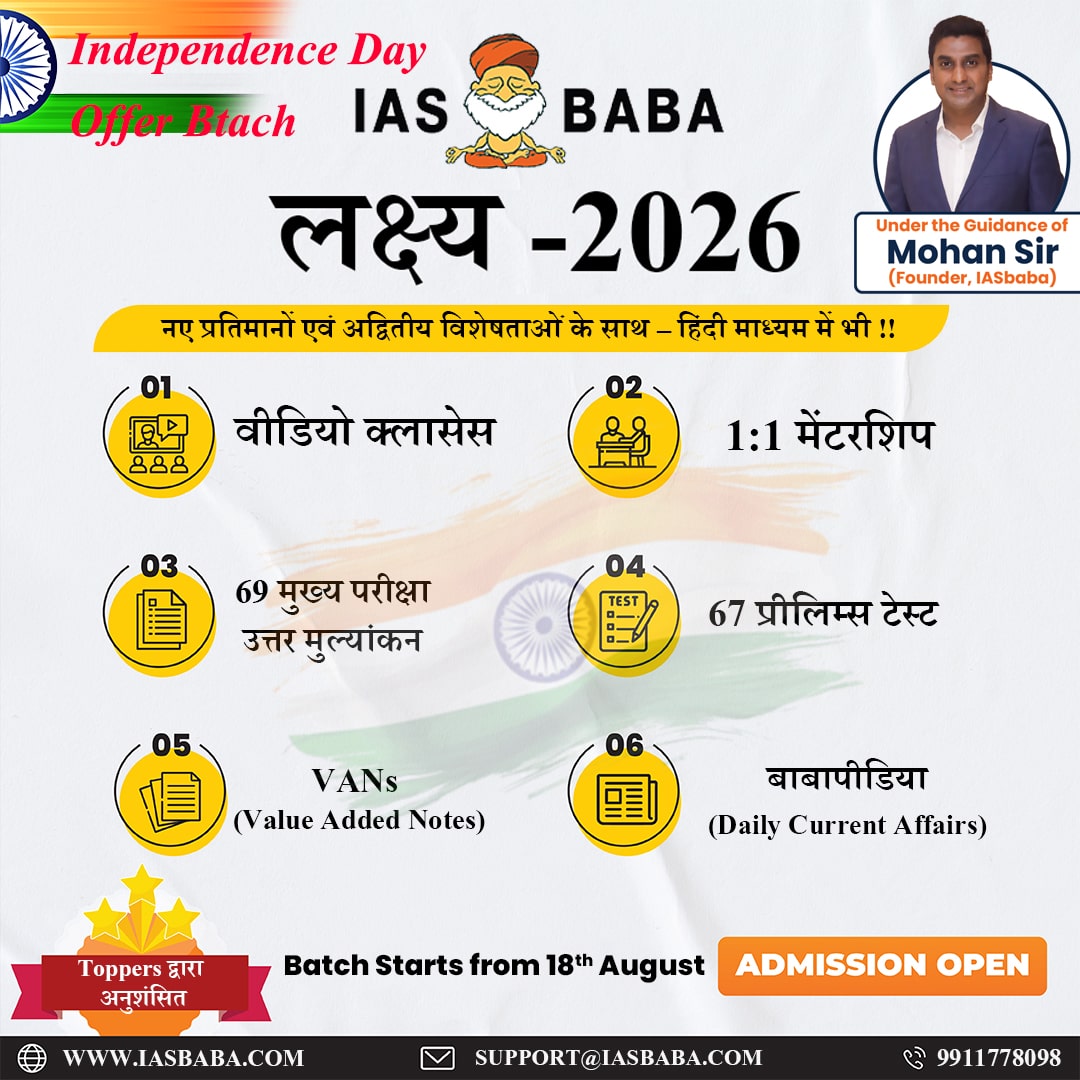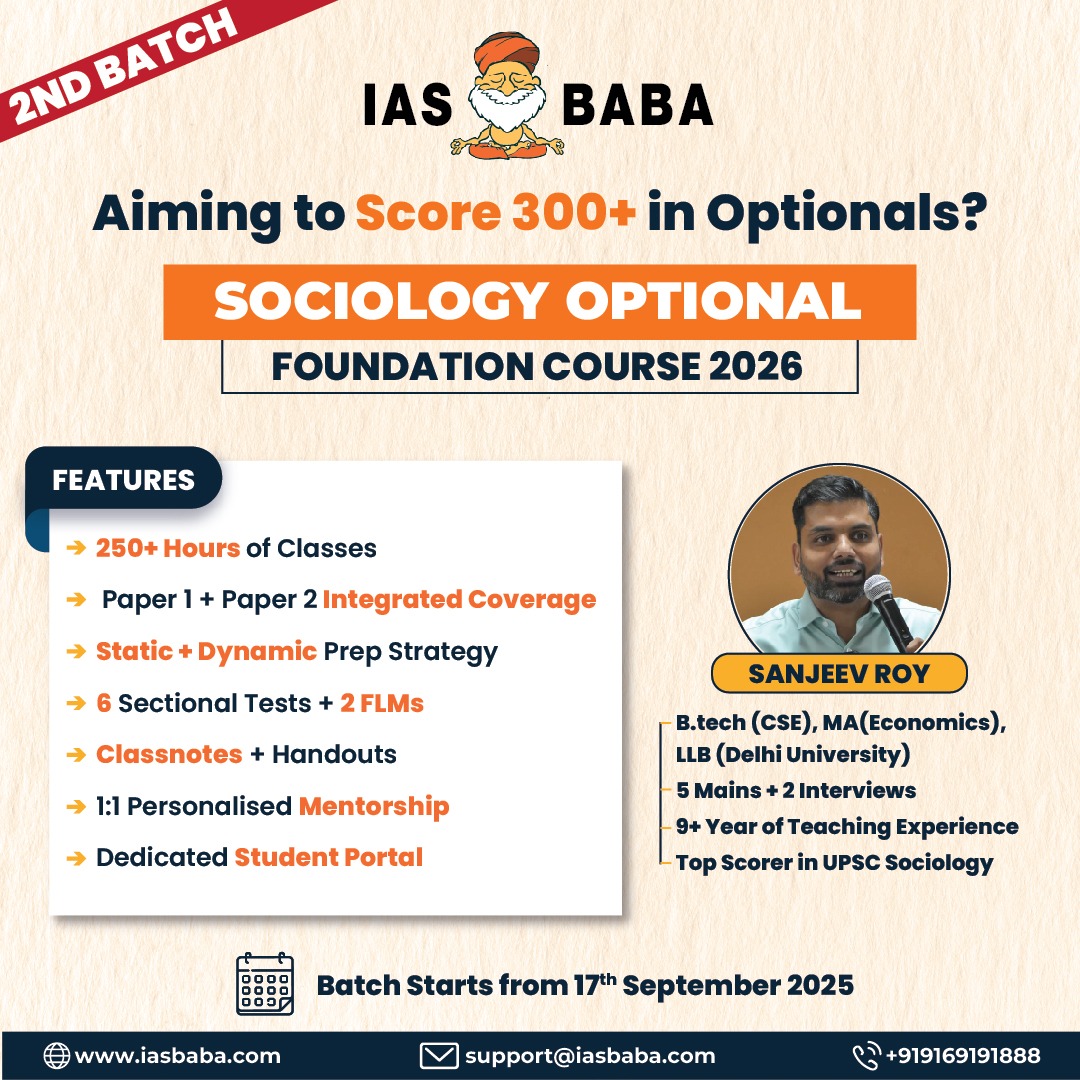Panchayats to get Rs. 10 lakh crores till 2026
Part of: GS Prelims and Mains II and III – Polity – Local Self Govt; Financial Decentralisation; Economy and Development
In news:
- Panchayati Raj Ministry has pitched for a fivefold increase in Finance Commission funding for rural local bodies.
- In a meeting with the 15th Finance Commission, the Ministry asked for Rs. 10 lakh crores to be allocated for the 2020-21 to 2025-26 period.
Do you know?
- Rs. 2 lakh crore was allocated under the 14th Finance Commission.
- Allocations had tripled between the 13th and 14th Commissions as well.
- Road construction and maintenance, as well as drinking water supply have been the major projects carried out by panchayats using FC grants.
- According to the 11th schedule of the Constitution, 2.63 lakh panchayats across the country have 29 functions under their ambit.
- The new Garib Kalyan Rozgar Abhiyan will depend on panchayats to generate employment for newly returned migrant workers.













